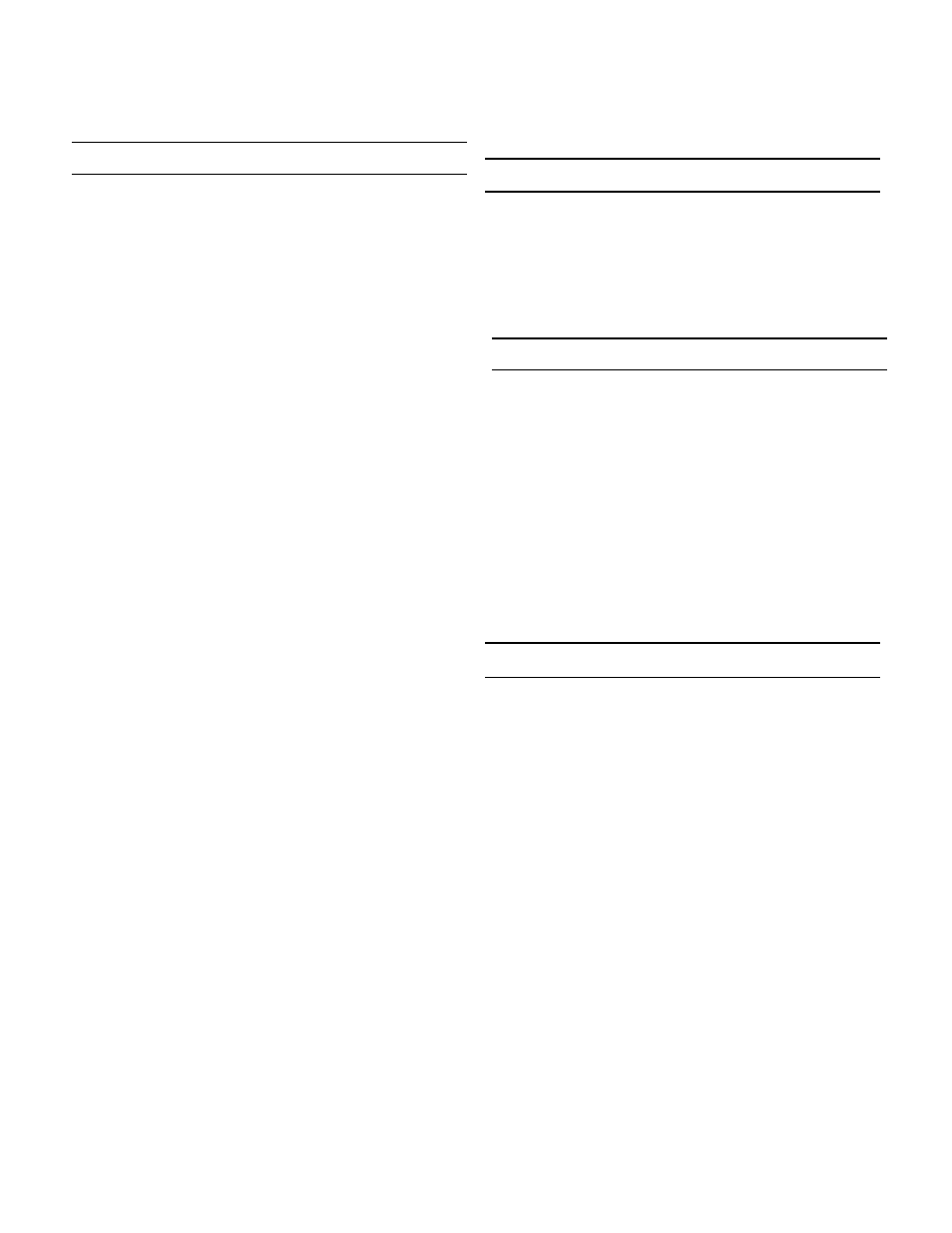Installation, Manual operation, Maintenance – Marwin Valve 4700F Series Three Piece Ball Valve User Manual
Page 2: Valve disassembly

Ball valves should be operated for at least two
complete cycles before installing or returning to
storage.
Installation
The ball valves may be installed in any position using
standard pipe fitting practices.
Caution: Before installation of the valve:
1.
Pipe must be free of tension both during and after
installation.
2.
Pipe must be flushed to clean dirt, welding resi-
dues, etc. which would damage ball or seats.
3.
The valve should be kept in OPEN POSITION dur-
ing installation and protective plastic covers must
be removed only at the moment of installation.
4.
Before shipment, the ball is lubricated with a pure
Vaseline oil. This can be easily removed with an
application compatible solvent if required.
5.
If the valve was specified to be tested per ASTM
16.34, there may be some trapped water between
the ball and the body cavity. This can be removed
by partially opening the valve, thereby exposing
the cavity to the through port of the ball.
6.
Special care should always be taken when install-
ing automated ball valves that the ball is in the
proper position.
Installation of Threaded-Ends
1.
Unless otherwise specified, pipe threads are Ameri-
can National Standard Taper Pipe Threads (NPT) per
ANSI B1.20.1, and require that a pipe sealant be
used.
2.
Use an anti-seize thread sealant to seal and pre-
vent galling.
a. Marwin recommends PTFE-based liquid sealant
or Grafoil tape as thread sealants.
b. Notes:
i. Use all pipe sealant products in accor-
dance with the manufacturer’s instructions
and good piping practices.
ii. Correct lubrication of stainless steel pipe
threads in especially important to prevent
galling.
3.
To prevent distortion or damage to the valve, do
not apply torque through the valve. When tighten-
ing valve, use wrench on the end nearest the pipe
being tightened.
4.
Always leak test the system before using.
Installation of Welded-End Ball Valves
1.
Tack weld in four points on both end caps.
2.
Lift out the valve body and seat per disassembly
section in this procedure and complete the
welding.
3.
Allow welds to cool.
4.
Reassemble valve per section in this procedure and
inspect for easy operation.
Manual Operation
1.
Open and close the valve by turning the handle
one-quarter turn (90°).
2.
Valve is in open position when handle is in line with
the pipe.
3.
Valve is in closed position when the handle is per-
pendicular to the pipe.
Maintenance
Before starting maintenance, please read information
contained in the Caution Section of the manual.
1.
Ball valves do not normally need internal lubrica-
tion or routine maintenance during service.
2.
Packing may be adjusted if the valve is leaking
around the stem, or the stem feels loose. See
Troubleshooting – A. Stem Leakage.
3.
Internal maintenance consists of replacing pack-
ing, seats and seals, and ball or stem if worn or
damaged, and requires partial or full disassembly
by qualified personnel following the instructions in
this manual.
Valve Disassembly
Before starting maintenance, read the information in the
Caution Section of this manual.
A. To Inspect and/or Replace Body Seals, Seats,
Packing & Ball
Reference cross section for part identification
1.
Valve must be in the open position.
2.
Remove valve from line.
3.
Remove bolts (15) securing end cap and separate
end caps (2) from body (1).
4.
Close the valve and remove ball (4), seats (3), seat
centering ring (6) (sizes 2½” - 4” only), and body
seals (6). Be careful not to damage the ball.
5.
Remove the handle parts:
a. Sizes ½” – 2”: Remove upper stem nut (12) and
handle (11), spacer ring (9B) and saddle lock
washer (17).
b. Sizes 2½” – 4”: Remove handle bolt (22), slide
out handle (21), pull handle adaptor (11) off
stem, remove spacer ring (9B), and saddle lock
washer (17).
-2-